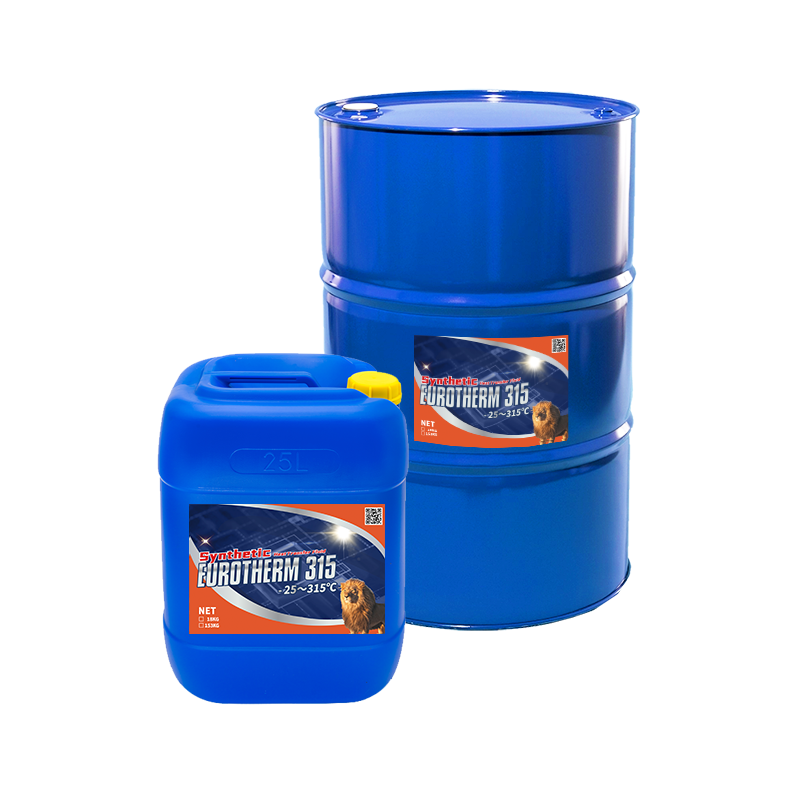The Only Guide for Chemie
Wiki Article
What Does Chemie Mean?
Table of ContentsChemie Things To Know Before You Get ThisA Biased View of ChemieAn Unbiased View of ChemieRumored Buzz on ChemieMore About ChemieThe 5-Second Trick For Chemie
By Bojanna Shantheyanda, Sreya Dutta, Kevin Coscia and David SchiemerDynalene, Inc. Liquid cooling, which can be accomplished utilizing indirect or direct methods, is utilized in electronic devices applications having thermal power thickness that may exceed safe dissipation through air cooling. Indirect liquid air conditioning is where warm dissipating digital components are physically separated from the liquid coolant, whereas in instance of direct cooling, the parts are in straight contact with the coolant.In indirect cooling applications the electrical conductivity can be important if there are leakages and/or spillage of the fluids onto the electronics. In the indirect air conditioning applications where water based liquids with deterioration inhibitors are usually made use of, the electrical conductivity of the liquid coolant generally relies on the ion focus in the fluid stream.
The boost in the ion concentration in a closed loophole fluid stream might occur because of ion leaching from metals and nonmetal components that the coolant liquid touches with. During operation, the electrical conductivity of the liquid might boost to a level which could be damaging for the air conditioning system.
What Does Chemie Mean?
(https://justpaste.it/eli5o)They are bead like polymers that can exchanging ions with ions in a service that it is in call with. In the present job, ion leaching tests were carried out with various steels and polymers in both ultrapure deionized (DI) water, i.e. water which is dealt with to the highest degree of purity, and reduced electric conductive ethylene glycol/water mixture, with the measured adjustment in conductivity reported in time.
The examples were allowed to equilibrate at area temperature level for two days prior to taping the first electric conductivity. In all examinations reported in this research fluid electrical conductivity was determined to a precision of 1% making use of an Oakton disadvantage 510/CON 6 collection meter which was calibrated prior to each dimension.
The 3-Minute Rule for Chemie
from the wall home heating coils to the center of the heating system. The PTFE sample containers were placed in the heater when consistent state temperature levels were gotten to. The examination setup was removed from the heating system every 168 hours (seven days), cooled to space temperature with the electric conductivity of the liquid measured.The electrical conductivity of the fluid example was kept an eye on for a total amount of 5000 hours (208 days). Schematic of the indirect shut loophole cooling experiment set-up. Parts used in the indirect shut loop cooling experiment that are in contact with the fluid coolant.

Chemie Fundamentals Explained
During procedure the fluid reservoir temperature level was maintained at 34C. The modification in fluid electric conductivity was monitored for 136 hours. The liquid from the system was collected and kept. Likewise, closed loop test with ion exchange resin was carried out with the same cleansing treatments utilized. The preliminary electrical conductivity of the 230ml UP-H2O in the system measured 1.84 S/cm.
0.1 g of Dowex material was contributed to 100g of liquid samples that was absorbed a separate container. The blend was stirred and transform in the electric conductivity at area temperature level was determined every hour. The determined adjustment in the electrical conductivity of the UP-H2O and EG-LC examination fluids containing polymer or metal when immersed for 5,000 hours at 80C is revealed Figure 3.
Some Known Details About Chemie
Number 3. Ion leaching experiment: Calculated modification in electric conductivity of water and EG-LC coolants having either polymer or steel examples when immersed for 5,000 hours at 80C. The outcomes indicate that metals contributed less ions into the fluids than plastics in both UP-H2O and EG-LC based coolants. This might be due to a thin steel oxide layer which may act as a barrier to ion leaching and cationic diffusion.Fluids containing polypropylene and HDPE exhibited the least expensive electrical conductivity adjustments. This could be due to the short, rigid, linear chains which are less most likely to contribute ions than longer branched chains with weaker intermolecular forces. Silicone additionally performed well in both test fluids, as polysiloxanes are usually chemically inert due to the high bond power of the silicon-oxygen bond which would certainly prevent deterioration of the material right into the fluid.
Getting The Chemie To Work
It would be expected that PVC would produce comparable results to those of PTFE and HDPE based on the similar chemical frameworks of the products, nonetheless there may be various other pollutants present in the PVC, such as plasticizers, that might impact the electric conductivity of the fluid - immersion cooling liquid. In addition, chloride groups in PVC can additionally leach into the examination liquid and can create an increase in electrical conductivityPolyurethane entirely broke down right into the test fluid by the end of 5000 hour examination. Prior to and after pictures of steel and polymer samples submersed for 5,000 hours at 80C in the ion leaching experiment.
Measured modification in the electric conductivity of UP-H2O coolant as a function of time with and without material cartridge in the closed indirect air conditioning loop experiment. The gauged adjustment in electrical conductivity of the UP-H2O for 136 hours with and without ion exchange resin in the loophole is shown in Figure 5.
Report this wiki page